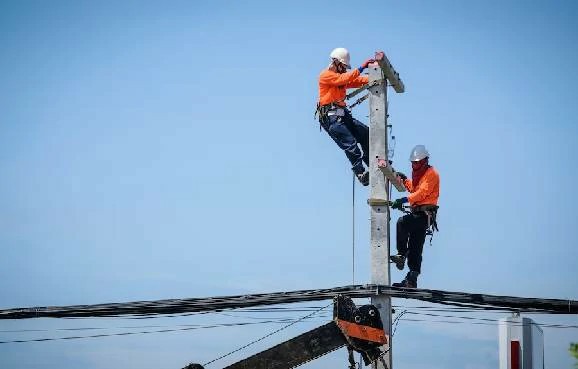The Ultimate Guide to Finding the Right Working at Heights Training Provider in Ireland
Choosing the best Working at Heights training provider is crucial for ensuring workplace safety and compliance. In Ireland, where regulations govern safety practices on construction sites and other industries involving height work, it’s imperative to select a training provider that not only meets legal requirements but also offers high-quality educational experiences.
Importance of Accreditation
Accreditation is pivotal when selecting a Working at Heights course. Recognized bodies such as the Health and Safety Authority (HSA), the Health and Safety Executive (HSE), and the Royal Society for the Prevention of Accidents (RoSPA) govern these trainings. Here’s why accreditation matters:
- Legal Compliance: Accredited courses fulfill the legal training requirements for employees working at heights.
- Quality Assurance: Accreditation ensures that the training provider meets industry standards and offers a comprehensive curriculum.
- Recognition: Certificates from accredited courses are widely recognized, which adds credibility to your employees' qualifications.
Evaluating Course Content
Prioritize providers that offer comprehensive Working at Heights safety courses. When comparing course offerings, consider the following content areas:
- Theory and Regulations: Understanding safety regulations in Ireland.
- Risk Assessment: Techniques for identifying potential hazards.
- Equipment Usage: Safe practices for using ladders, scaffolding, and harnesses.
- Emergency Procedures: Training on how to handle incidents effectively.
Online vs. In-Person Training Options
Flexibility in training delivery is essential. Training providers may offer Working at Heights online courses or in-person sessions. Here are the pros and cons of each:
Online Courses
- Convenience: Employees can complete the course at their own pace.
- Location Flexibility: No travel is required, making it easier for employees in different regions, such as Dublin, Cork, and Galway.
- Cost-Effective: Reduces costs associated with travel and accommodations.
In-Person Courses
- Hands-On Experience: Practical demonstrations and hands-on training for using equipment safely.
- Trainer Interaction: Direct communication with trainers allows for questions and immediate feedback.
- Networking Opportunities: Interaction with other participants can foster a better learning environment.
Cost Considerations
While it may be tempting to choose the cheapest option, consider the value offered. Look for the following:
- Included Materials: Does the course provide training materials, certification, and any other resources?
- Group Discounts: If enrolling multiple employees, inquire about group rates.
- Certification Validity: Ensure that the certification is valid and accepted by employers and safety regulatory bodies.
Trainer Expertise
The qualifications and experience of the trainers are critical to the success of the training. Consider these factors:
- Qualifications: Trainers should have relevant certifications and field experience.
- Training Style: Look for feedback on the trainer's effectiveness and ability to engage the audience.
- Post-Course Support: Some providers offer ongoing support or refresher courses, which can add value to the training.
Reviews and Recommendations
Before making a decision, check reviews from past trainees:
- Online Reviews: Look for testimonials on the provider's website and independent review sites.
- Word of Mouth: Ask other businesses for recommendations based on their experiences with training providers.
- Industry Reputation: Research whether the provider is well-regarded in the safety training sector.
Essential Checklist for Businesses
As a business looking to enroll employees in Working at Heights certification Ireland, consider this checklist for selecting a provider:
- Accreditation: Ensure the provider is accredited by recognized bodies.
- Comprehensive Course Content: Assess the course syllabus for key safety topics.
- Flexibility: Evaluate the options for online and in-person training.
- Cost Transparency: Understand all costs involved and what’s included in the price.
- Trainer Qualifications: Check the credentials and experience of the trainers.
- Positive Reviews: Look for providers with strong positive feedback from previous trainees.
- Post-Training Support: Verify if ongoing learning or support is available.
Conclusion
In conclusion, ensuring your employees receive certified Working at Heights training is invaluable for workplace safety and compliance. By examining accreditations, course content, delivery methods, costs, and trainer expertise, you can make an informed decision on the best training provider. Remember to leverage reviews and recommendations to guide your choice.
Ready to enroll your employees in the best Working at Heights safety course? Contact us at [email protected] or visit our website for more information today!



 349,500 Offered Certificates
349,500 Offered Certificates
 24/7 Online Training
24/7 Online Training
 Money Back Guarantee
Money Back Guarantee
 Fully Accredited Courses
Fully Accredited Courses
